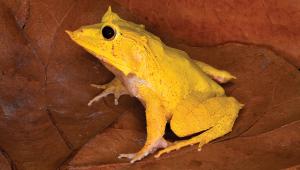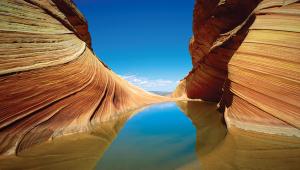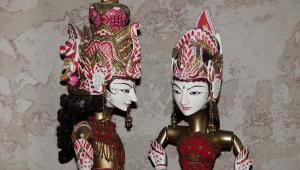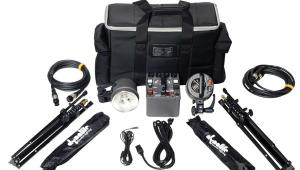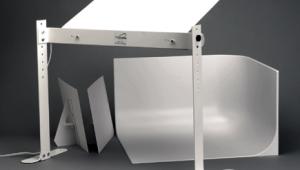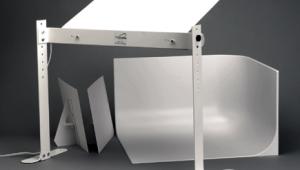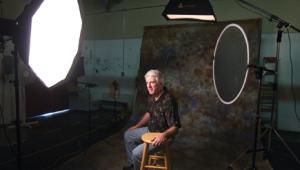Enshrouded In Fog; Tips On Capturing That Soft And Subtle Light Page 2
 |
|
|
When the pictures are underexposed by, say, one f/stop, the exposure slider
in the raw converter can bring back the brightness of the fog. You can choose
exactly how much exposure increase to use. As soon as you see the highlights
start to become solid white (with no noise or texture of any kind), you can
pull back to save those vulnerable areas of the picture.
For 25 years I used a handheld meter to determine my exposures when shooting
subjects like fog. Now I use the raw converter that enables me to visually see
the changes as I make them.
Autofocus
Another important consideration when shooting in fog is whether or not you should
use manual or automatic focus. Autofocus uses contrast in your scene to snap
the lens into critical focus, but if there isn't enough contrast it can't
function. Contrast can be in the form of varying colors and/or differences in
light and dark. Fog reduces contrast, and if it gets too thick the autofocus
feature becomes pretty much useless. It will be more frustrating than it's
worth, and under those circumstances I suggest you focus the lens the old-fashioned
way--manually.
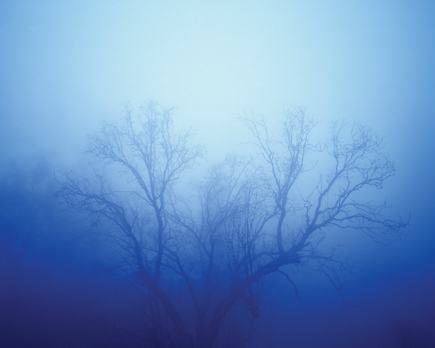 |
|
|
Moody Blues
As I was writing this article, I was traveling in Italy. One morning I left
my hotel in a small town about 6am, and a thick fog had descended on the entire
area. Rows of bare trees made beautiful silhouettes in the mist, and when I
checked the LCD monitor I noticed how bluish the shots looked. I habitually
choose a daylight white balance setting to shoot almost all my pictures because
I shot daylight-balanced film for so many years that I know exactly what it
will do in pretty much every situation. In very deep overcast, scenes go blue.
At dawn, the color of light, as daylight film sees it, is extremely blue. Instead
of correcting this to a more neutral tone, I used the high Kelvin temperature
of the dawn light (probably 8000Þ or so) combined with fog to produce
a saturated, moody blue environment.
Fog that is shot any time during daylight hours may have a blue tinge to it,
but it's normally without strong color bias. If you want to create the
kind of mood that I was able to capture in Italy, instead of using blue filters
as we used to do, it's an easy matter to alter the color temperature slider
in the raw converter software. If you shoot in JPEG mode, the blue color can
be introduced in Adobe's Photoshop or Elements.
Jim Zuckerman is one of the world's best-known nature, wildlife, and travel
photographers. His work has been sold in dozens of countries around the world
in commercial, editorial, and fine art venues. Zuckerman is also a respected
photo educator, and he is the author of 12 books on a wide range of photographic
subjects. He leads international photo tours to exotic destinations such as
Burma, Morocco, Turkey, Papua New Guinea, Peru, Indonesia, and Africa. You can
sign up for his mailing list at: www.jimzuckerman.com.
He also teaches online photography courses at BetterPhoto.com.
- Log in or register to post comments

